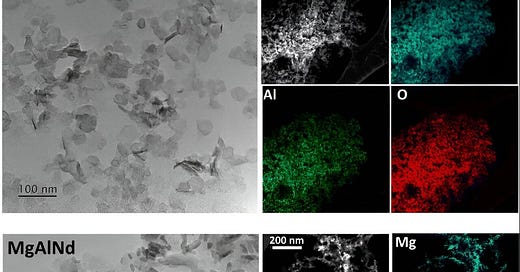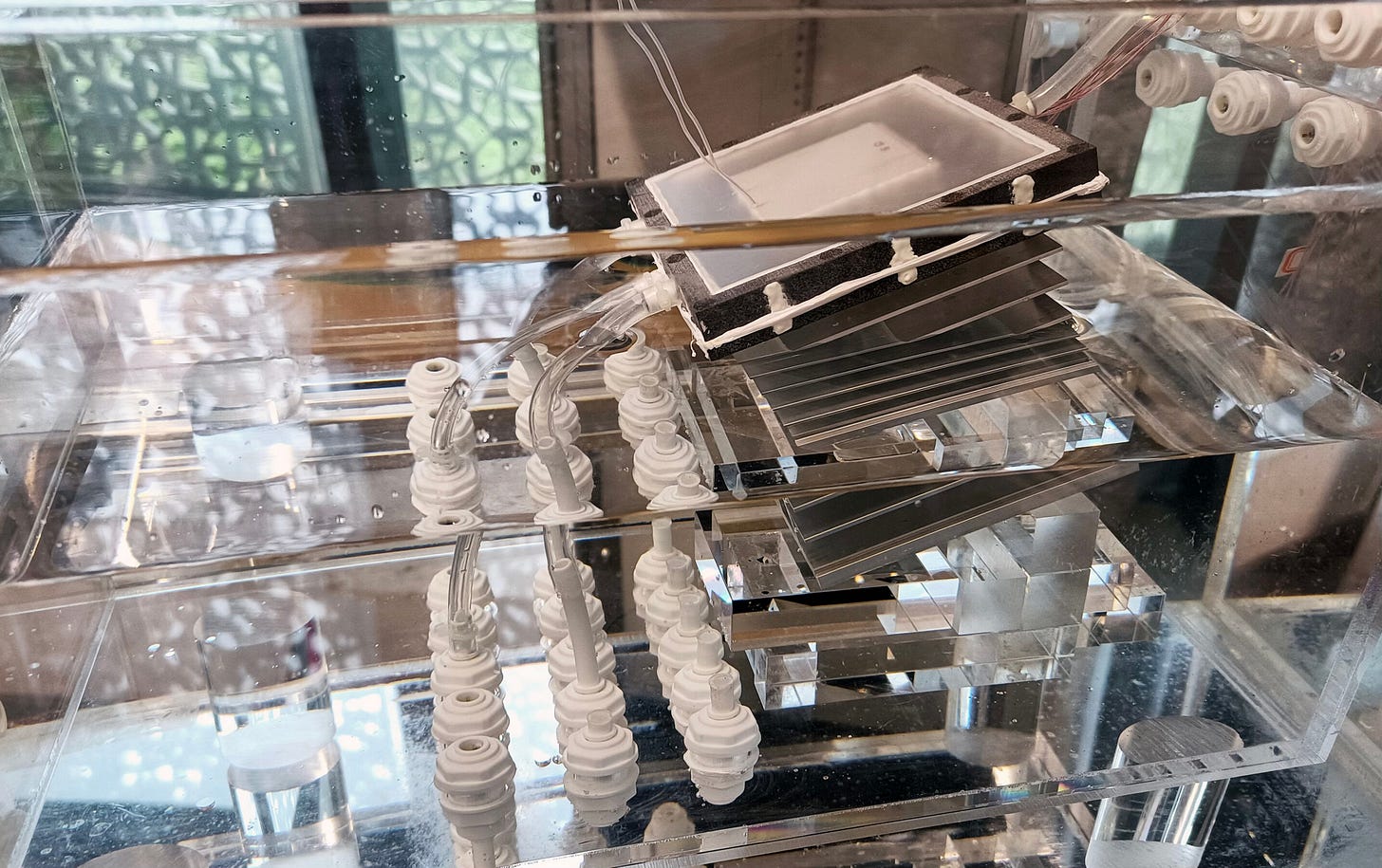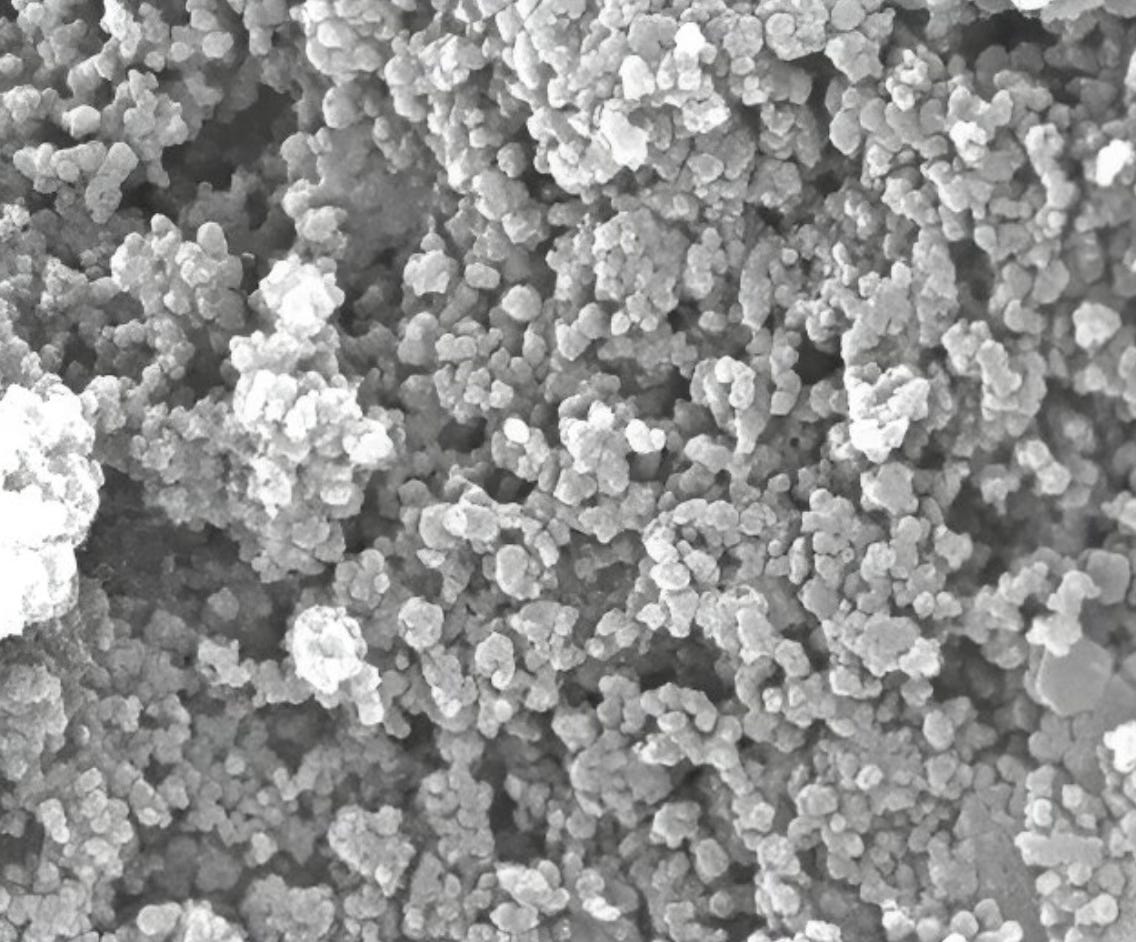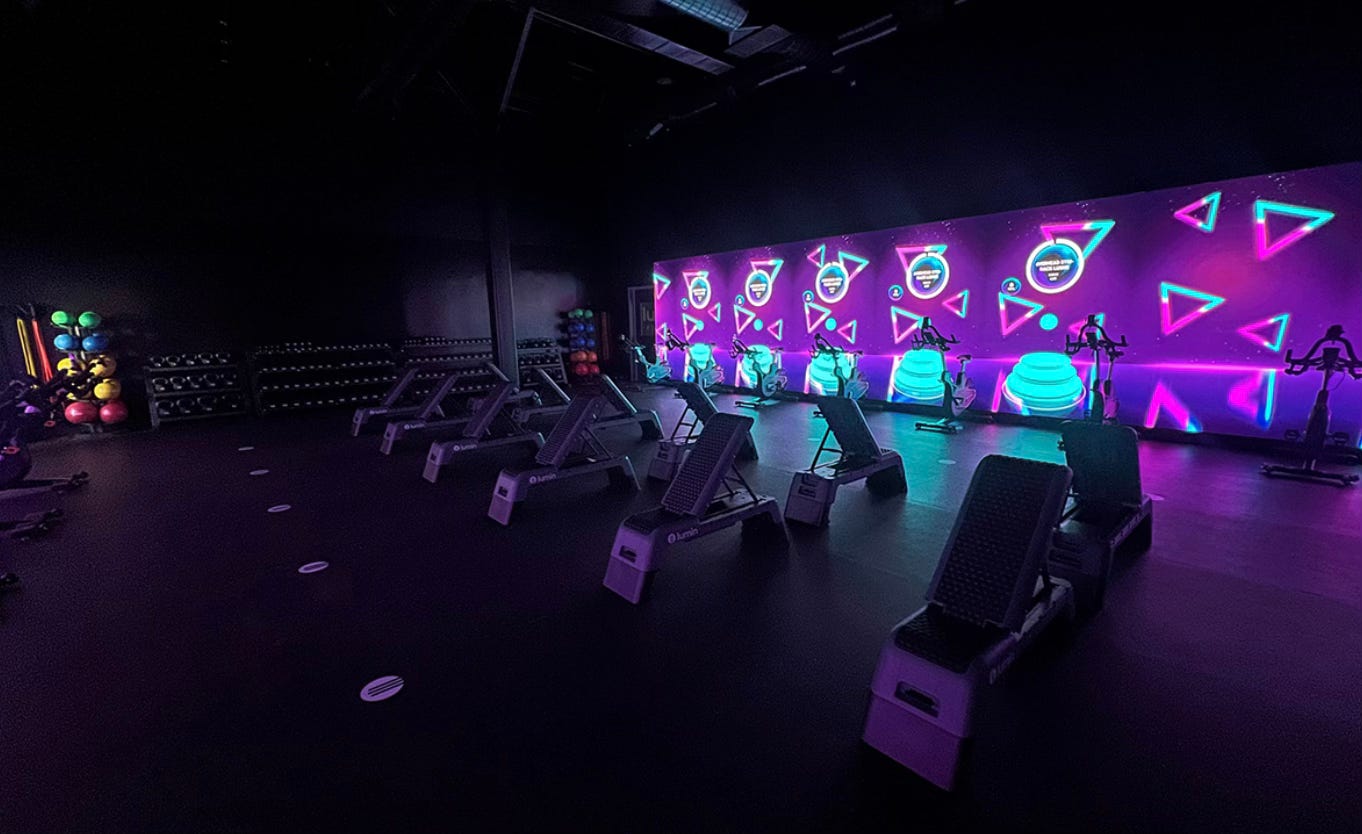This week we will examine a new method for extracting Uranium from sea water. We investigate a new desalinator that requires no power and can operate for several years without maintenance. We discover a breakthrough in Microbial Fuel Cells that can generate power and clean wastewater. Finally we visit a gym that is fully staffed by AI generated trainers.
Uranium from Water
There is more uranium in the oceans than all the known deposits on land. More than one thousand times more. The problem is that it is really diluted. Additionally other substances such as salts and minerals (e.g. iron and calcium) are much more prevalent. This makes the uranium very difficult to extract. An international team led by researchers from the University of New South Wales have now developed a simple and effective method of extracting uranium from seawater.
Layered double hydroxides are materials that have the ability to remove metals. They are fairly easy to make and modify to improve the way that they work. The layers have positive and negative charges that can be tailored to capture specific substances. The team added neodymium to the hydroxides, thus improving their ability to capture uranium.
X-ray measurements showed that the removal of uranium occurred through a process where the uranium atoms formed complexes on the surface of the hydroxides by replacing nitrate ions in the individual layers with uranyl carbonate anions from the seawater.
The new materials also have the potential to clean up uranium from radioactive wastewater from nuclear power plants. At Fukushima the diluted wastewater from their cleanup is just being dumped in the ocean. The materials are a simple and inexpensive solution for large scale uranium extraction, most likely anywhere in the world.
Desalinating Water
Current water desalination methods are power intensive and expensive. Teams from MIT and China have developed a solar desalination system that is capable of producing water cheaper than tap water.
There are other solar desalination systems however this one has a higher water production rate and a higher salt rejection rate than all other passive systems.
The device allows water to circulate in swirling eddies. This is similar to the much larger, thermohaline circulation of the ocean which drives the movement of water around the world.
This circulation when combined with the sun’s heat drives water to evaporate leaving the salt behind. The resulting water vapor can be condensed as pure drinking water. The left over salt continues to circulate through and out of the device rather than accumulating and clogging the system.
A system the size of a small suitcase can produce 4 to 6 liters of water per daylight hour and will last several years before parts need replacement. The system could be scaled up to meet the drinking needs of a small family. Smaller coastal communities with easy access to seawater that are off grid could also find drinking water this way. The system is entirely passive requiring no power to run.
Microbial Fuel Cells
Microbial Fuel Cells (MCFs) are bioelectric devices designed to harness the metabolic activity of bacteria to convert organic matter into electrical energy. They can play a role in clean energy production and wastewater treatment. In wastewater the MCFs break down the organic components of water whilst reducing its chemical oxygen demand (COD). Higher COD reduces the amount of dissolved oxygen in the water which is detrimental to aquatic animals.
The main challenges with current MFC’s are the high electrode cost and the low power density. A team in India has discovered that using the exhaust from vehicles as an electrode material for MFCs produces a cost effective alternative.
When a vehicle burns fuel it emits carbon nano-particles in the form of soot. This soot contributes significantly to air pollution. The soot however features a concentric onion ring structure that contains oxygen containing functional groups. The soot nanoparticles cluster into formations creating extensive interconnected channels that boost current density and power density whilst minimizing resistance.
The team developed a new method using Nitrogen and Sulfur doped diesel exhaust derived carbon nanoparticles as electrodes in MFCs to generate power and clean wastewater. This product has applications in municipal wastewater treatment plants and energy production. The team did not appear to address the issue of initially capturing the diesel exhaust however exhaust capture systems have been developed for a range of similar systems.
AI Gym staff
Lumin Fitness in Texas have introduced an entire gym full of AI Gym staff. The virtual coaches guide clients through workouts via the many LED screens that line the walls of the gym in Las Colinas Texas.
You can choose from Chloe the energetic young fitness coach that promises that you will crush your goals, Rex the disciplined drill sergeant, Fabio the smooth Italian movement expert or VJ the rugby loving strength coach. No matter your goals or style there is an AI coach for you.
AI is mostly used in individual equipment such as smart mirrors, training apps and smart cameras. Lumin claims to be the first to have integrated AI trainers into the whole gym. The gym accommodates up to 14 clients at a time either working individually or in a class.
Each member works out at an individual station facing an LED screen that contains sensors that track the motion of the trainee and the gym’s equipment. The dumbbells, kettlebells, skipping ropes and other equipment all have embedded sensors. A learning algorithm generates a workout (currently guided by fitness professionals). Instruction is given via headphones and accompanied by the trainees selection of music.
The sensors allow the system to track the number of reps completed and the form of the trainee. The company is planning on teaching the system to recognize when the trainee is finding the exercise too easy enabling it to recommend heavier weights or different movements.
There are some people that feel more comfortable with AI driven trainers however there are others that prefer real human interaction. There will still be a place for human trainers to cater to that group. It is also likely that a combination of AI for measurement and tracking and human interaction for advice guidance and encouragement will be the solution for the majority of us.
Paying it Forward
If you have a start-up or know of a start-up that has a product ready for market please let me know. I would be happy to have a look and feature the startup in this newsletter. Also if any startups need introductions please get in touch and I will help where I can.
If you have any questions or comments please comment below.
I would also appreciate it if you could forward this newsletter to anyone that you think might be interested.
Till next week.







Off to my AI Gym now, and to extract some uranium on the next beach trip..